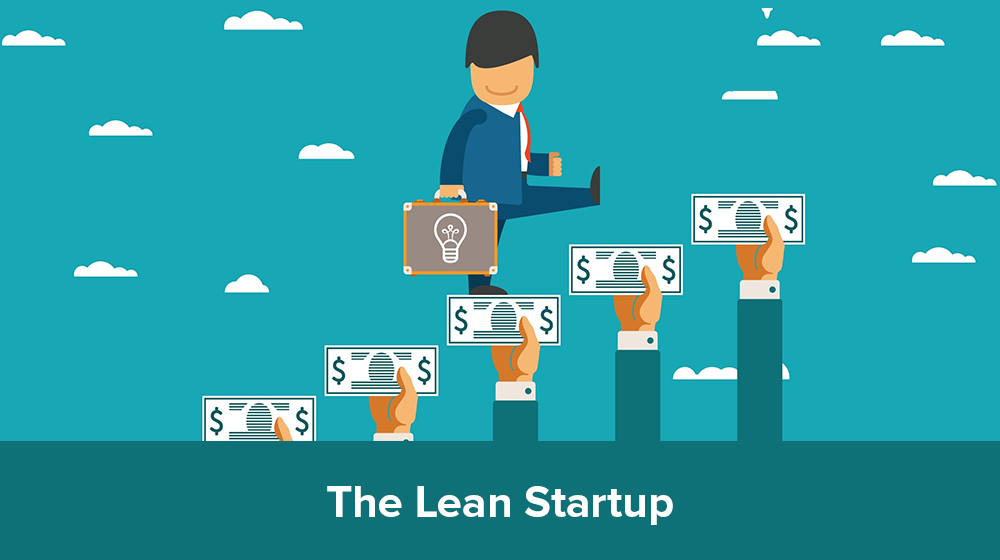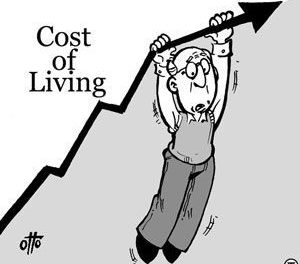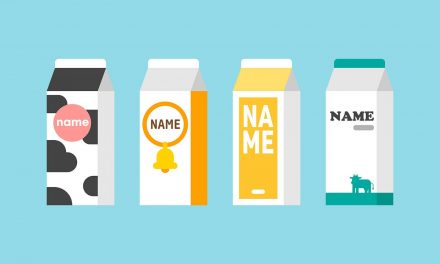First of all, what is a startup? A startup is a business venture meant to develop products or services under a cloud of tremendous uncertainty. This means your operating spectrum will be so delicate that anything could go wrong (or even right) any time. The lean startup business model is employable by new businesses; it entails following an iterative process of researching, exploring & testing in the quest to develop products or services. Thus, the idea of being lean refers to keeping the product life cycle as short as possible. Iteration is the core also because you repeatedly do certain processes. Let’s discuss more:
This business model is explained in many forms but for clarity & simplicity I’m just breaking it down into 4 steps that you ought to follow. The steps appear simple but are very effective if you internalize them well. Many people entering into business these days are occupying the startups space. Thus I know a lot of people who have already started or are contemplating to will benefit from this.
First Step: Identification
Before you even think of starting a business you must identify it (or the need for it). Essentially this means you ought to take note of a problem – that’s foremost. Once you have identified the problem, think of ways in which the problem can be solved. Thus, you brainstorm with the aim of refining your conceptualization of the possible solutions to come up with an actionable panacea. You then must assess to see whether or not the proposed solution can be streamlined & be reproducible. Basically it must be a solution that can be replicated many times over. Not forgetting also that it must be a solution people will ultimately be willing to pay for. So we are talking of creating a convincing value proposition that people will regard useful enough to pay for. Once all this is ascertained (well, in theory at this point that is) – it means you are now ready to try it out. If this process is done with brutal honesty you’ll realize at times that it’ll be so apparent early on that your business idea or concept won’t go far.
Second Step: Building & Execution
At this point you now putting your proposed solution (be it a product or service) to the test. Before doing that you have to come up with what is commonly referred to as the minimum viable product (MVP). What does this mean? Remember I alluded to uncertainty earlier on, thus, you can’t start off with a full-fledged product from the get-go. You start off with something small or skeletal – something not too big or intricate but is sufficient enough to elicit data &/or feedback. The reason why you start off small is to collect enough feedback or data that will inform you whether or not you must proceed or not. In simple terms, a product or service is multi-layered right? So you start off by developing the first layer or two, put it to the test and acquire data and feedback. I’ll give an example: recently I was engaged to undergo an online testing session of a new cryptocurrency wallet (Solar Wallet) by a certain German company – I was their first test subject actually. The idea was for them to see if the wallet works, to get comments & recommendations from me. The wallet is not yet main-stream but they are already putting it to the test through the use of a few test subjects. In a nutshell, this is what execution entails.
Third Step: Validation
After completing the second step you’ll now be equipped with a lot of data and feedback. This information now helps you to make certain assessments and in turn, decisions on what must be done next. In the example I gave above, one of their questions was whether or not it was necessary to include two-factor authentication i.e. having a co-signatory for every time you do a transaction. My response was that it wasn’t really necessary given the already robust security features in place plus the fact that it takes all whole lot of trust to have such a co-signatory. Depending on the nature of responses they will get from other test subjects that’ll guide them in what to do. So this step deals with a cognitive process of establishing valid proofs on aspects pertaining to your product or service. You are in essence finding & testing truths about what you want to offer.
Fourth Step: Iteration
Iteration is a process of going through a set of prescribed steps repeatedly until a specified result is obtained. What this means is that once you traverse through step 1 to 3, you then repeat them again up until you have a well-constituted product or service. Quite straightforward right? This is a simplified breakdown of what a lean startup business model is like.
The objective is to foster non-stop innovation and to operate empirically (i.e. not making assumptions). You build something, measure it, learn from it and repeat the process (it’s like an infinite loop). As you iterate you add more and more layers as your product or service evolves into a consummate thing. This will guarantee that you come up with products or services that are abreast with customer needs.









informative and eye opening. good read
Thank you, We appreciate the feedback.